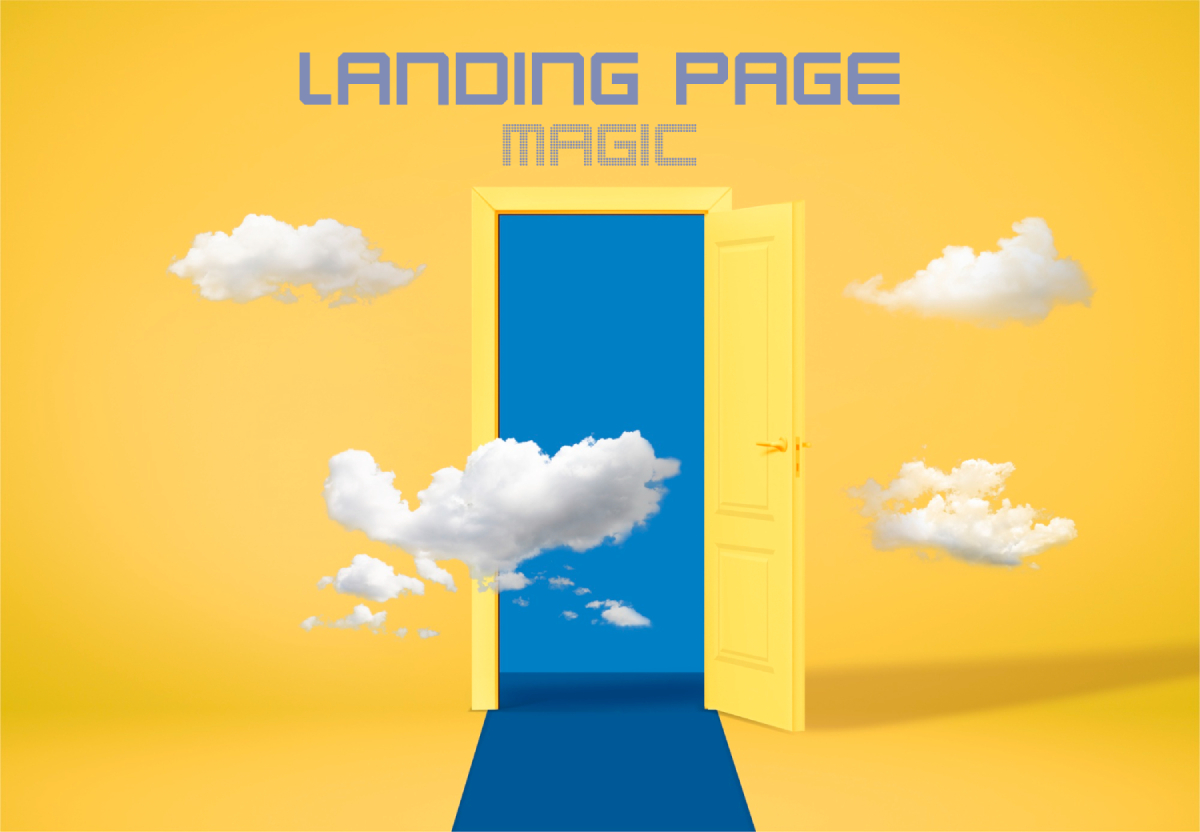
In today’s highly competitive digital landscape, having effective strategies for landing pages is crucial for businesses aiming to drive conversions and achieve their goals. A well-designed landing page may be an effective tool for grabbing visitors’ attention and convincing them to take action.
In this blog post, we will explore strategies that can help you unleash the power of landing pages and maximize your conversion rates. Additionally, we will delve into the importance of website design cost and how investing in professional design can contribute to the success of your landing pages.
1. Understand Your Target Audience
You need to have a thorough understanding of your target demographic to design an engaging landing page. Conduct thorough research to gain insights into their demographics, needs, preferences, and pain points. This information will enable you to tailor your landing page content and design to effectively address their specific concerns.
You may design a tailored experience that appeals to your audience by getting to know them. Identify their motivations and desires, and craft your messaging accordingly. A targeted approach will increase the relevance of your landing page, leading to higher engagement and conversions.
2. Craft a Clear and Compelling Value Proposition
A strong value proposition is essential for capturing visitors’ attention and convincing them to take action. Communicate the unique benefits and selling points of your product or service. Identify the pain points your offering addresses and highlight how it solves their problems or fulfills their needs.
Craft a concise and compelling value proposition that instantly communicates the value visitors will receive by engaging with your business. Use persuasive language and focus on the transformation or results they can expect. A powerful value proposition will differentiate your business from competitors and drive conversions.

3. Keep it Simple and User-Friendly
An effective landing page must be straightforward and user-friendly. Avoid overwhelming visitors with excessive information or cluttered designs. Create a clean, visually appealing layout that guides visitors’ attention to the most important elements.
Use concise and impactful headlines, bullet points, and subheadings to make your content scannable. Break down information into easily digestible chunks and focus on the key selling points. A clutter-free landing page enhances user experience, reduces distractions, and increases the chances of conversion.
4. Optimize for Mobile Devices
Optimizing your landing page for mobile devices is essential in today’s mobile-driven world. Ensure that your landing page is responsive and provides a seamless experience across different screen sizes. Mobile optimization includes fast loading times, easy navigation, and optimized visuals.
Optimize images and videos to reduce load times and ensure they display properly on mobile devices. Streamline your content and keep the layout mobile-friendly. A mobile-optimized landing page ensures that you don’t miss out on potential conversions from mobile users, who form a significant portion of internet traffic.
5. Incorporate Compelling Visuals
The visuals are crucial to capture viewers’ attention and convey your message effectively. Utilize top-notch pictures, movies, or graphics that reflect the essence of your brand. Visuals should complement your content and create an emotional connection with visitors.
Choose visuals that showcase your product or service in action or evoke the desired emotions in your audience. Well-chosen visuals can help visitors visualize the benefits they will experience by engaging with your offering. However, be mindful of the file sizes to maintain optimal page load times.
6. Implement Clear Call-to-Action (CTA)
An effective call-to-action (CTA) must be visible and appealing on a landing page. Your CTA should guide visitors toward the desired action, such as making a purchase, signing up for a newsletter, or contacting you.
Make your CTA visually distinct and place it prominently on the page. Use language that motivates rapid action by evoking a sense of urgency. Experiment with different colors, wording, and placement to optimize the effectiveness of your CTA and drive conversions.
7. Leverage Social Proof
Social proof is a powerful psychological tool that can influence visitors’ decisions. Add testimonials, reviews, case studies, or client logos to your landing page to build trust and credibility. Social proof demonstrates that others have had positive experiences with your brand.

Give specific instances where your product or service has aided clients in achieving their objectives. Use compelling customer stories or statistics to showcase the benefits and outcomes of engaging with your business. Social proof creates trust and reduces potential hesitations, increasing the likelihood of conversion.
8. A/B Testing and Continuous Optimization
To ensure optimal performance, conduct A/B testing on your landing page. Test different variations of elements such as headlines, visuals, CTAs, or layouts to determine what resonates best with your audience. Also, analyze the results and make data-driven decisions to optimize your landing page further.
Continuously monitor and analyze visitor behavior and conversion rates. Make iterative improvements based on the insights gained from data analysis. Continuously testing and optimizing your landing page can enhance its effectiveness over time and drive higher conversion rates.
9. Enhance Trust with Security and Privacy
In an era of growing data privacy and security concerns, it’s crucial to address them on your landing page. Visitors should be confident that their privacy will be respected and that their information will be handled securely.
Incorporate trust signals such as security badges, SSL certificates, and clear privacy policies to build credibility and alleviate visitors’ doubts about sharing their information. Transparently communicate how you handle and protect their data to create a trustworthy environment that encourages conversions.
10. Monitor, Analyze, and Iterate
Once your landing page is live, the work doesn’t stop. Continuously monitor its performance, analyze user behavior, and gather insights through analytics tools. To assess the success of your landing page, pay attention to metrics like conversion rates, bounce rates, and click-through rates.
Make informed decisions about further optimization and improvements based on the data you collect. Implement changes based on user feedback and your analysis to enhance the user experience and drive better conversion rates.
Strategies for Landing Pages: Conclusion
Unleashing the power of landing pages requires a thoughtful approach and a focus on user experience and conversion optimization. By understanding your target audience, creating a effective value proposition, simplifying your design, optimizing for mobile, incorporating visuals, implementing clear CTAs, leveraging social proof, conducting A/B testing, and continuously monitoring and analyzing performance, you can significantly boost your conversion rates.
Additionally, addressing trust and privacy concerns and staying vigilant in monitoring and iterating your landing page is vital for ongoing success. By implementing these strategies, you can unlock the full potential of your landing pages, drive conversions, and achieve your business objectives.

About the Author
Sophia Williams is a qualified content writer with experience in writing on a variety of subjects. She has written a lot of content on small business website design and E-Commerce.